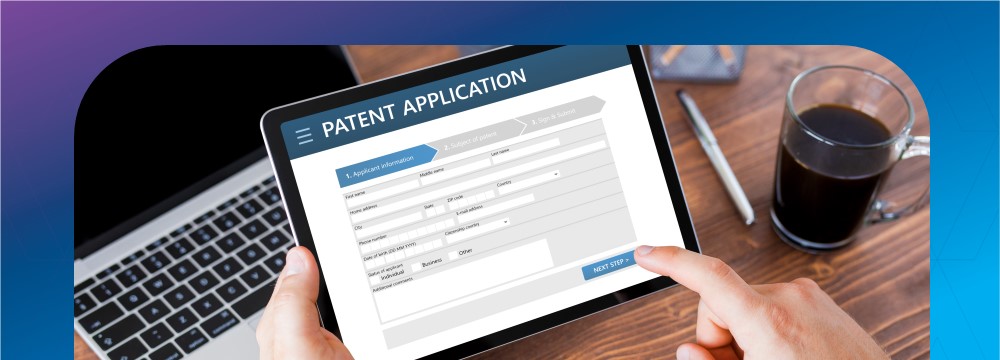Apple Prevails and Federal Circuit Puts Expert Testimony in the Spotlight
February 4, 2025
The U.S. Court of Appeals for the Federal Circuit (“CAFC”) recently issued its opinion in Apple Inc. v. Gesture Technology Partners, LLC, a case that focuses on obviousness under 35 U.S.C. §103, claim breadth and the importance of detailed evidence in patent litigation.[1] The decision, which largely favored Apple, provides key guidance for patent owners and practitioners navigating the dos and don’ts of patent application preparation, prosecution and litigation including:
- Patent owners should focus on robust specifications to support arguments against potential obviousness challenges, while also defining key terms that may differ from their ordinary meaning.
- In Inter Partes Review (“IPR”), expert testimony may be used to elaborate on previous arguments in a petition so long as the elaboration remains within the scope of the initial arguments.
- In litigation, expert testimony should include comprehensive technical comparisons between the accused product and the claims, and be supported by evidence.
As background, Gesture Technology Partners (“Gesture”) owns U.S. Patent No. 8,878,949 (“the ‘949 patent”), directed to image capture technology, which expired on May 11, 2020 due to failure to pay a maintenance fee.
In June 2021, Apple filed an IPR for the then-expired ‘949 patent asserting each of the claims were unpatentable. Independent claim 1 of the ’949 patent generally recites a portable device comprising an electro-optical sensor, a digital camera and a processor configured to control the camera to store an image upon detecting that an image capture command gesture has been performed within the sensor’s field of view.[2] Dependent claim 4 of the ‘949 patent recites “wherein the electro-optical sensor is fixed in relation to the digital camera.”[3] The Patent Trial and Appeal Board (“PTAB”) concluded that claims 1-3 and 5-7 were unpatentable as obvious, but maintained claim 4. Apple appealed the PTAB’s decision arguing claim 4 was also unpatentable, while Gesture cross-appealed and argued the PTAB lacked jurisdiction over the IPR and for the patentability of claims 1-3 and 5-7.[4]
The CAFC quickly rejected Gesture’s argument that the PTAB lacked jurisdiction over expired patents in IPR proceedings. It then affirmed the PTAB’s decision on the unpatentability of claims 1-3 and 5-7, noting that Gesture’s expert’s conclusory assertions were insufficient to dispute Apple’s arguments.[5] The CAFC agreed with Apple’s expert testimony explaining how a person of ordinary skill in the art would understand how to combine the embodiments in the prior art to render the claims of the ‘949 patent obvious.[6]
With respect to claim 4, the CAFC reconsidered the PTAB’s decision to ignore Apple’s expert testimony relating to the “fixed” limitation. Specifically, Gesture argued that Apple’s expert testimony did not reference any analysis in connection with the subject matter of claim 4.[7] However, the CAFC concluded that “Apple’s expert testimony was sufficiently confined to the argument made in Apple’s IPR petition to warrant consideration by the PTAB, since ‘a party is not’ barred from elaborating on [its] arguments on issues previously raised” and thus should not have been ignored by the PTAB. [8]
By concluding that Apple’s expert testimony should not have been ignored, the CAFC disagreed with the PTAB determination that claim 4 was valid. According to the CAFC, the specification of the ‘949 patent failed to provide any definition of the term “fixed” and, thus, the PTAB considered it’s meaning in light of the specification.[9] The CAFC emphasized Apple’s expert testified that “a [person of ordinary skill in the art] would have understood … [that the components] must have and maintain overlapping field of view” and that “fixing them retains overlapping fields of view.[10] The CAFC reversed the PTAB’s conclusion and held that claim 4 is also unpatentable.[11]
If you have questions about this case or if you would like to discuss strategies for patent prosecution, portfolio management or litigation, please contact the author of this legal alert or another Dinsmore intellectual property attorney.

